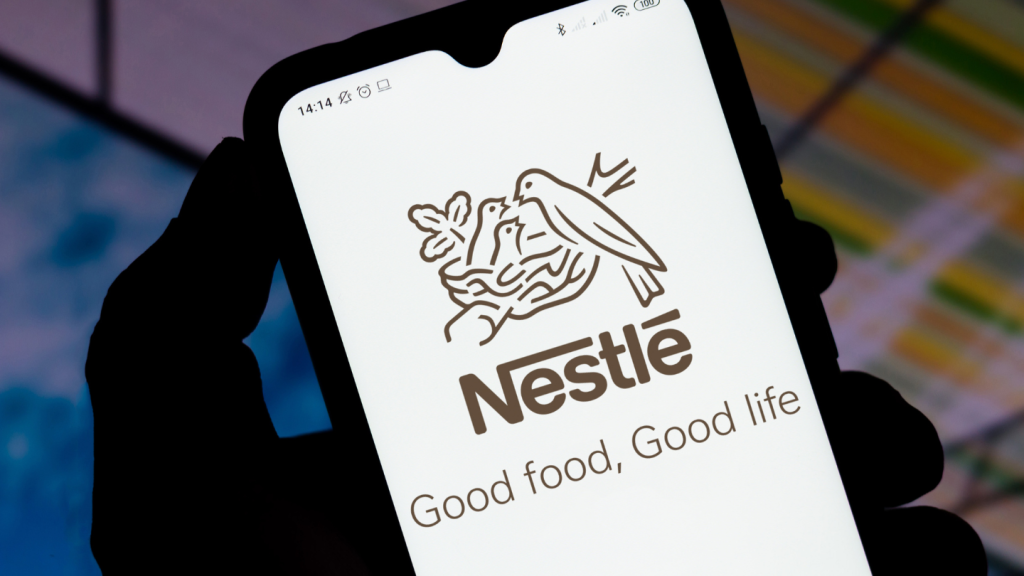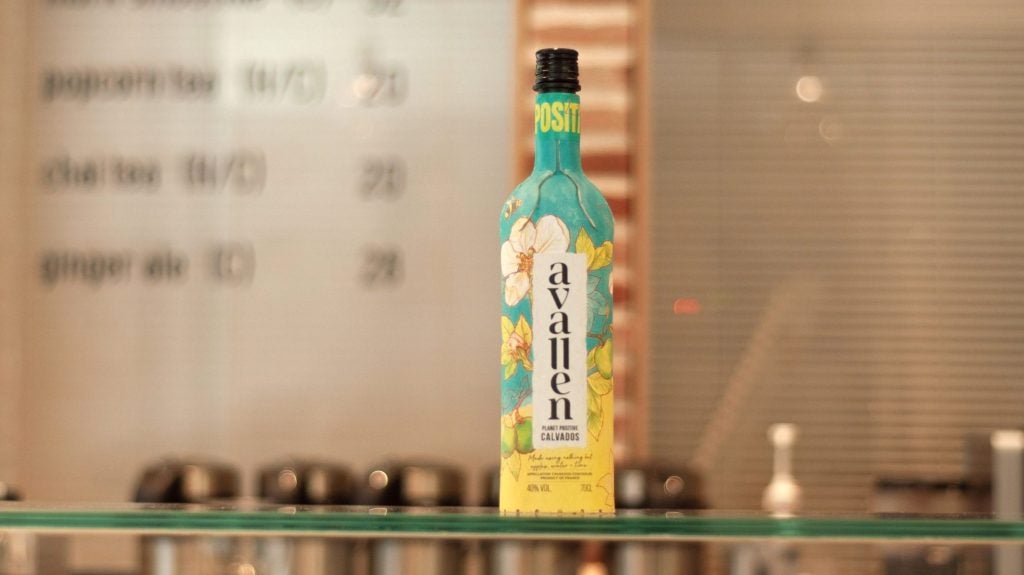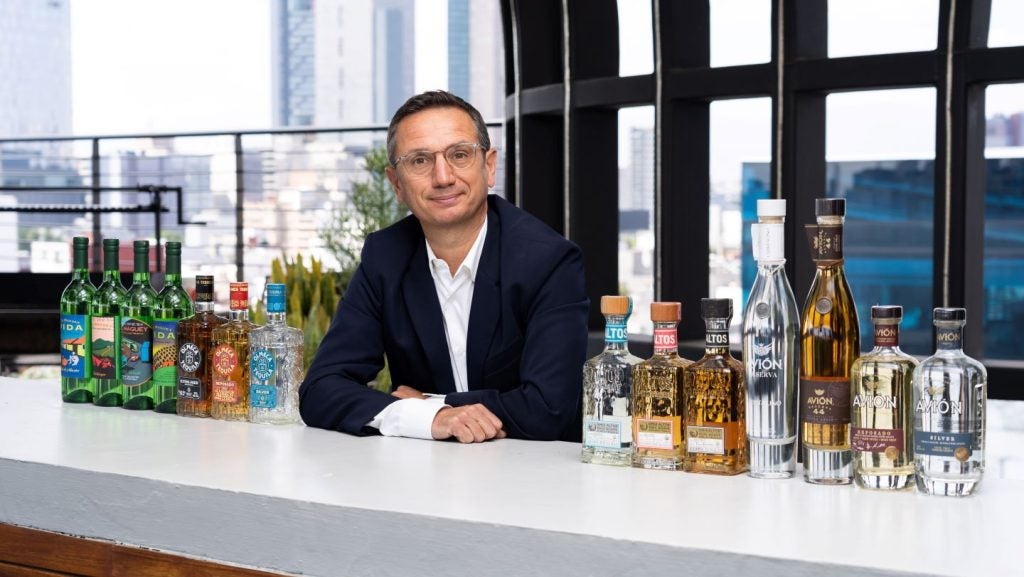 The relationship between spirits companies and US distributors is changing rapidly. But while new strategies bring the potential for profit and growth, nothing is certain yet. Anne Brockhoff reports.
The relationship between spirits companies and US distributors is changing rapidly. But while new strategies bring the potential for profit and growth, nothing is certain yet. Anne Brockhoff reports.
Change has been about the only constant in the US distribution industry in recent years, in no small part due to consolidation. Wholesaler numbers have fallen to just two or three per market. Various deals have thinned supplier ranks. And then Diageo and Pernod Ricard bought and split the Seagram drinks portfolio.
A sale that size “was more of a seismic shock than we’ve seen before,” said Juanita Duggan, CEO of Wine and Spirits Wholesalers of America, a trade group whose 500 members distribute 90% of all wine and spirits sold at wholesale.
The purchase further complicated Diageo’s distribution network, exacerbated existing back-office inefficiencies and distanced the company from consumers. To remedy the situation, Diageo last year announced a plan dubbed Next Generation Growth to streamline the system and revolutionise how its brands are handled in the US.
About the same time, Allied Domecq unveiled its “Move to Market” strategy, while Brown-Forman and Bacardi forged a joint venture to boost their distribution muscle. Does it all spell the end of the three-tier system that now dictates how alcohol is sold to consumers? Suppliers say no.
How well do you really know your competitors?
Access the most comprehensive Company Profiles on the market, powered by GlobalData. Save hours of research. Gain competitive edge.

Thank you!
Your download email will arrive shortly
Not ready to buy yet? Download a free sample
We are confident about the unique quality of our Company Profiles. However, we want you to make the most beneficial decision for your business, so we offer a free sample that you can download by submitting the below form
By GlobalData“The best way to distribute wines and spirits in North America is through the three-tier system,” said Ron Anderson, Diageo’s executive vice president for commercial strategy. “The main issue is how effective is (that system)?”
Not very, to judge by Diageo’s efforts. The company is putting its brands under the control of one distributor in each market. The confidential selection process will be finished by year-end, leaving the company with partners willing to field exclusive sales teams for its brands and invest in new technology, operations and other systems.
In return, the chosen distributors get access to extensive consumer research, long-term contracts (five years, in most cases) in an industry known for 30-day agreements and a share of projected brand growth.
“What we’re asking them to do is focus on what’s required in the future for us to have a superior organization,” said John Esposito, president and CEO of Schieffelin & Somerset, a joint venture between Diageo and LVMH. “The whole process was to find out who was willing to do that.”
Long-term relationships are also key to Allied’s strategy. The company has added more than 100 employees to boost interaction with retailers and wholesalers and is building flexible, multi-market partnerships that will help double its US business within five years.
“Each wholesaler is a little different. Each state is different. So we come in and sit with them and decide which method is best, which goes a long way toward making us the supplier of choice,” said Tom Jensen, Allied Domecq Spirits North America’s senior vice president for customer management.
While Diageo and Allied were charting independent courses, Brown-Forman and Bacardi USA, a unit of Bacardi Ltd., chose to partner up. The companies created the Gemini Alliance last year to manage US broker and beverage alcohol board relationships. At the time, they said they would begin a state-by-state review of delivery, marketing and distribution systems. But both have been quiet on the topic since then and declined to comment for this story.
“Gemini gives them a framework to do something more aggressive if they need to,” but they so far haven’t seen that need, said Banc of America analyst Bryan Spillane.
What does it all mean for distributors? To start with, big changes in corporate structure for many of Diageo’s wholesale partners.
Illinois wholesaler Judge & Dolph, a unit of the Wirtz Corporation with about US$500m in annual revenue, split its sales operations after winning the Diageo contract. One unit will represent those brands. The other will handle the portfolios of Allied and other suppliers. A strict firewall separates the units, although administrative operations and company culture remain cohesive.
Judge & Dolph also added 80 employees and switched to new technology like wireless systems for instant access to customer data and global positioning systems to pinpoint delivery trucks. Some of that investment is required to meet its contractual arrangement with Diageo, and while president Rocky Wirtz declined to put a number to it, he insisted the payoff will be significant.
“Traditionally, we’ve had very sporadic growth. This way we can focus on that growth, ultimately stabilizing our relationships and passing any efficiencies we have on to retailers,” said Wirtz.
Glazer’s Wholesale Distributors also sees change as an opportunity for growth. The company has expanded outside Texas in recent years and now does business in 10 states with US$2 billion in annual sales. It’s grown organically and through acquisitions and partnerships, like a deal with National Wine & Spirits in Illinois. Teaming up with Diageo and Schieffelin & Somerset in Texas, Louisiana, Arizona and Ohio is just another way to grow, said CEO Bennett Glazer.
“Diageo and S&S have a vision, and in order for them to pull it off, they need a partner who understands what they are trying to accomplish,” Glazer said. “We feel like we have a similar strategy, and we feel very good about our relationship.”
Not all distributors are quite so happy with Diageo, however. There was much grumbling over the selection process, and some players, like Young’s Market in California, chose not to participate.
Those that lost brands because of the process, like National Wine & Spirits, are already seeing the fallout. The Indianapolis-based distributor said last month the loss of Pernod and Diageo distribution rights in “certain markets” eroded sales volume and profit during the year ended March 31.
The news has been better for suppliers. Allied said “Move to Market” helped boost North American volume sales by 14% during the first half. And Diageo is confident its strategy will generate double-digit growth for premium priority brands – growth that means higher profit for itself and its partners.
But industry watchers said the jury is still out on how big the payoff will be.
“That’s an open question,” Spillane said. “I don’t know that there’s a good answer, or that you could put a good number on it at this point.”






